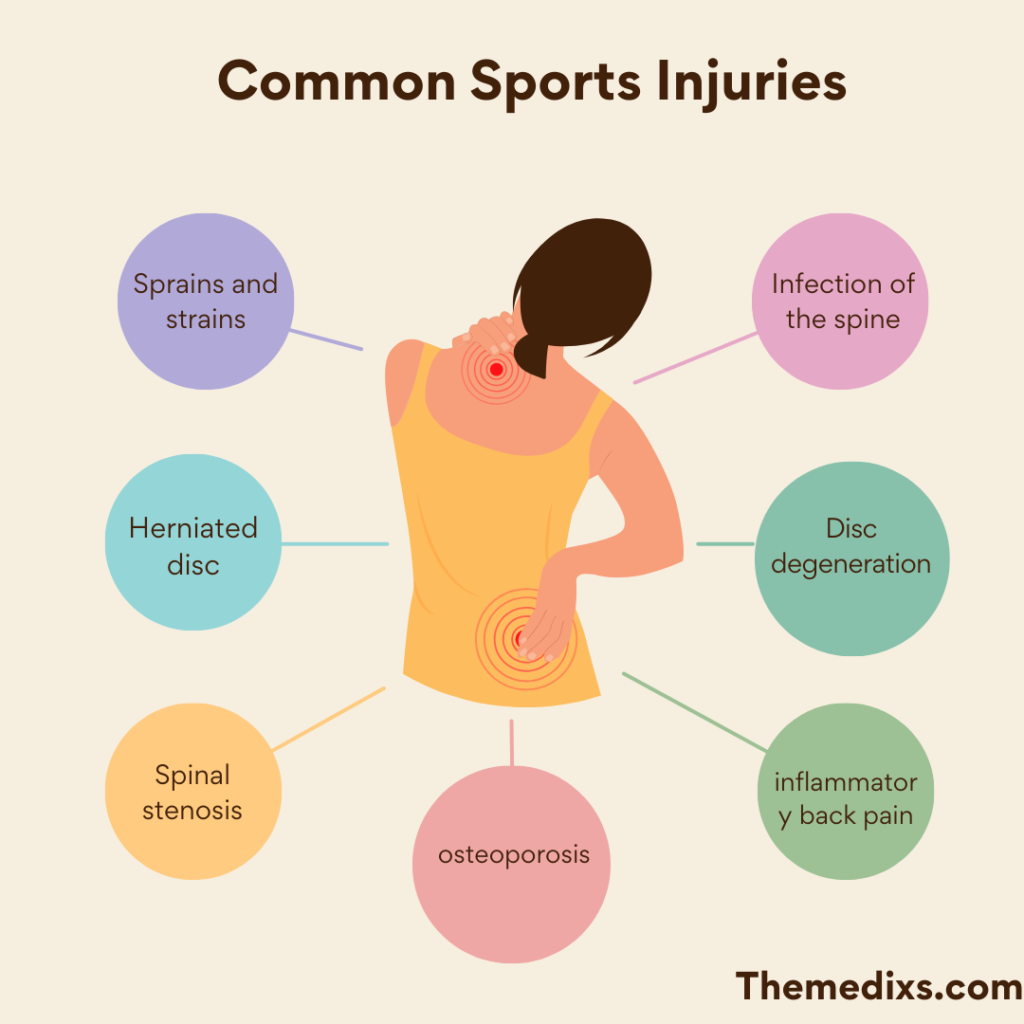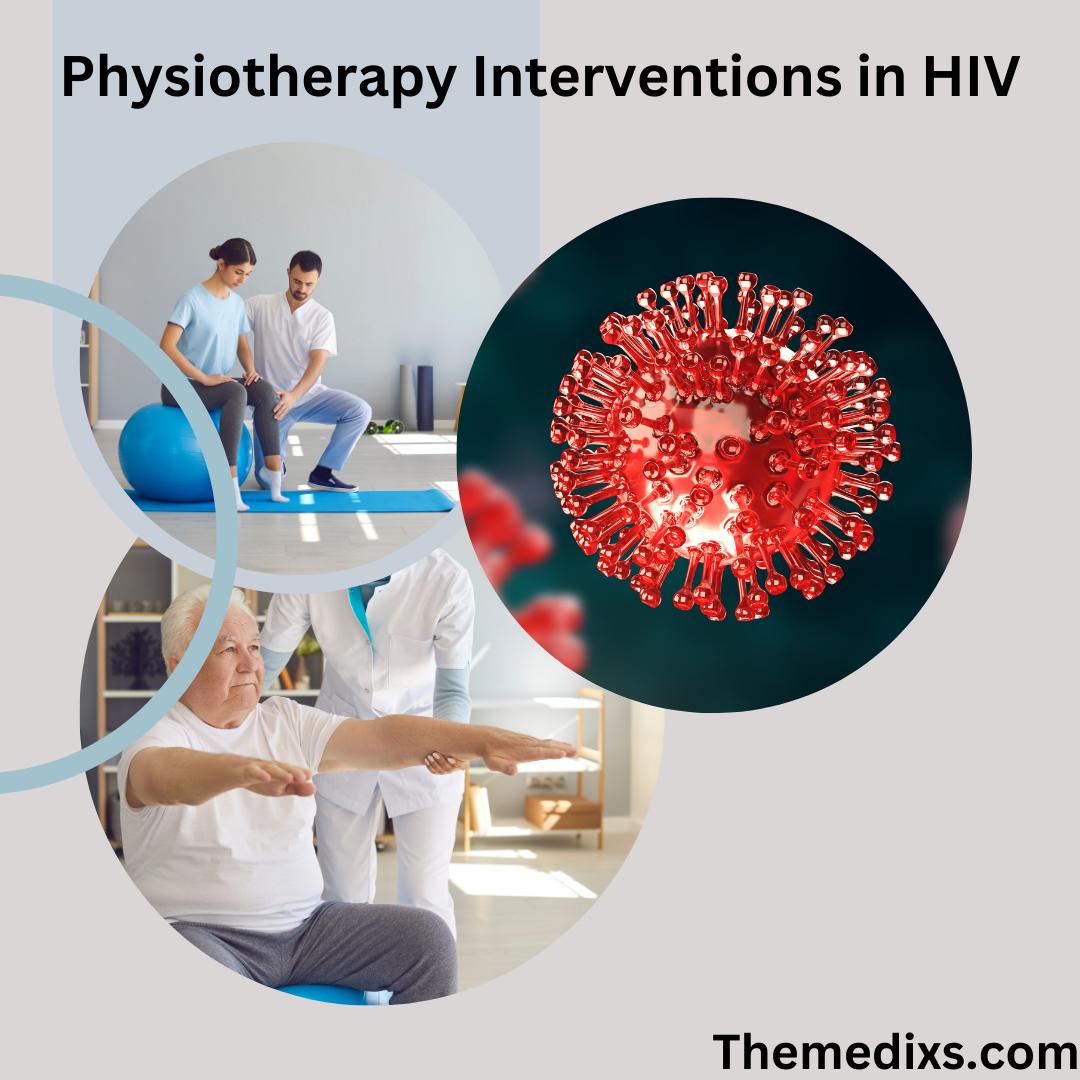Sports medicine is a specialized field of healthcare that focuses on the treatment and prevention of injuries related to sports and exercise. Over the years, sports medicine has grown into a multi-disciplinary field, offering athletes, fitness enthusiasts, and the general population access to advanced techniques for maintaining and improving physical health. With the increasing awareness around physical fitness, the demand for sports medicine professionals has surged, making it a crucial aspect of modern healthcare.
In this blog, we’ll explore the various aspects of sports medicine, including its history, importance, the role of healthcare professionals in the field, common sports injuries, treatment modalities, and injury prevention strategies.
The History and Evolution of Sports Medicine
The origins of sports medicine can be traced back to ancient Greece and Rome, in which physical fitness and athletic competitions have been highly valued. Physicians like Hippocrates and Galen were pioneers in documenting injuries associated with physical activities and suggesting remedies. However, sports medicine as a distinct medical discipline commenced to take shape in the early twentieth century with the rise of organized sports and the Olympics.
By the mid-20th century, sports medicine had started to flourish. The field grew rapidly during the Seventies as exercise and physical fitness have become integral to both elite sports and the general population. Advances in medical technology, research in physiology and biomechanics, and a deeper understanding of the human body further expanded the reach of sports medicine. Today, it has become a vital component of both competitive sports and recreational physical activities.
The Importance of Sports Medicine
Sports medicine plays a vital role in keeping athletes and active individuals in peak physical condition while minimizing the risk of injury. It ensures that athletes not only perform at their best but also recover rapidly and safely from accidents. Moreover, sports medicine professionals help design training programs tailored to individual needs, thinking about factors like age, sport, and physical condition. For non-athletes, sports medicine aids in maintaining a healthy lifestyle, addressing issues associated with exercise, fitness, and weight management.
Key reasons why sports medicine is essential include
- Injury Prevention: One of the primary goals of sports medicine is to prevent injuries before they occur. Through proper conditioning, training, and using protective gear, sports medicine professionals work to limit the threat of sports -associated injuries.
- Optimal Performance: Athletes require physical conditioning to carry out at their best. Sports medicine focuses on optimizing the physical skills of athletes, improving endurance, strength, flexibility, and overall performance.
- Rehabilitation and Recovery: In the event of an injury, sports medicine experts increase rehabilitation plans to help athletes return to their sport safely and effectively. This guarantees a complete restoration while minimizing the hazard of re-injury.
- Education: Educating athletes, coaches, and the general population about safe exercise practices and body mechanics is a crucial thing of sports medicine. Knowledge helps to prevent unnecessary injuries and promotes long-term health.
Who Are Sports Medicine Professionals?

Sports medicine involves a wide variety of professionals who specialize in different factors of physical health and athletic performance. Some key figures in the field include:
1. Sports Physicians
Sports physicians specialize in diagnosing and treating sports-related injuries. They work closely with athletes, coaches, and trainers to ensure proper care, rehabilitation, and return-to-play protocols. Their role includes not only treating injuries but also working on injury prevention strategies and performance enhancement.
2. Physical Therapists
Physical therapists in sports medicine play a crucial role in rehabilitation. They work with athletes to restore movement and function after an injury, utilizing exercise therapy, manual therapy, and other techniques to promote healing. They also focus on preventing future injuries by enhancing strength, flexibility, and coordination.
3. Athletic Trainers
Athletic trainers are often the first responders whilst an athlete receives injured at some stage in a recreation or practice. They provide immediate care, assess the severity of injuries, and implement injury prevention programs. Athletic trainers also collaborate with physicians and physical therapists to ensure comprehensive care.
4. Orthopedic Surgeons
When injuries require surgical intervention, orthopedic surgeons step in. These specialists are skilled in the musculoskeletal system and cope with surgeries related to bones, joints, and ligaments, which are common in sports injuries including fractures, torn ligaments, and dislocations.
5. Nutritionists and Sports Dietitians
Nutrition plays a significant role in an athlete`s performance and recovery. Sports nutritionists work with athletes to design diets that optimize performance, enhance recovery, and ensure long-term health. They focus on providing the right balance of carbohydrates, proteins, fats, vitamins, and minerals based on the athlete`s specific needs.
6. Biomechanists
Biomechanists study the mechanics of human movement. They analyze the way athletes move during sports and bodily activities, identifying inefficient movements or patterns that may lead to injury. Their insights help in designing training programs and equipment that improve performance and reduce injury risks.
Common Sports Injuries

Sports medicine deals with a huge variety of injuries, from minor strains to severe ligament tears and fractures. Some of the most common sports injuries include:
- Sprains and Strains: Sprains involve the overstretching or tearing of ligaments, while strains have an effect on muscular tissues or tendons. These injuries typically arise at some stage in sudden movements, falls, or collisions and are visible in nearly all sports .
- Fractures: A fracture refers to a broken bone, that could happen due to excessive-impact sports like football, basketball, or skiing. While some fractures may only want immobilization, severe ones require surgery and full-size rehabilitation.
- Tendinitis: Tendinitis is the inflammation of tendons, frequently caused by overuse. It`s common in sports that require repetitive motions, which include tennis, swimming, or running. Treatment usually includes rest, physical therapy, and in some cases, anti inflammatory medications.
- Dislocations: A dislocation occurs while a bone is forced out of its joint, generally because of a fall or collision. This damage can cause extreme pain and swelling and frequently requires medical intervention to realign the joint.
- Concussions: Concussions are traumatic brain injuries that arise because of a blow to the head or violent shaking of the upper body. Sports like football, boxing, and football have a high danger of concussions. Concussions are taken very seriously, as repeated injuries can result in long-term neurological issues.
- ACL Tears: The anterior cruciate ligament (ACL) is one of the principal ligaments in the knee, and tears are common in sports that contain sudden stops and changes in direction, like football and basketball. ACL injuries frequently require surgery and extensive rehabilitation.
Treatment and Rehabilitation
The treatment of sports injuries depends on the severity and form of injury. Some common tactics include:
- RICE Method: For minor injuries like sprains or strains, the RICE (Rest, Ice, Compression, and Elevation) technique is broadly used to lessen swelling and ache.
- Physical Therapy: A tailored bodily therapy program allows restore strength, flexibility, and variety of motion. It also addresses movement patterns which can have contributed to the injury.
- Surgical Intervention: For more severe injuries like fractures or ligament tears, surgery may be necessary. Post-operative rehabilitation plays a vital role in ensuring a full recovery.
- Rehabilitation Programs: Sports medicine professionals design rehabilitation programs to ensure a safe return to activity. These programs may include strength training, flexibility exercises, and sport-specific drills.
Conclusion
Sports medicine is an ever-evolving field that integrates various healthcare disciplines to enhance athletic performance, prevent injuries, and ensure a safe and effective recovery. Whether you’re an elite athlete or someone who enjoys regular exercise, understanding the principles of sports medicine can help you stay active, healthy, and injury-free.
As the field continues to grow, the importance of sports medicine will only increase, offering innovative solutions to the challenges faced by athletes and active individuals worldwide. Whether through injury prevention strategies or cutting-edge rehabilitation techniques, sports medicine plays a pivotal role in keeping people moving, performing, and thriving.









